Whitewashing bamboo furniture offers a delightful fusion of rustic charm and contemporary elegance, transforming your pieces into stunning focal points within your home. Whether you’re seeking to lighten the tone, add a touch of coastal flair, or simply refresh the look of your decor, whitewashing bamboo furniture is a versatile and rewarding DIY project.
In this guide, we’ll embark on a journey of creativity and craftsmanship as we explore the step-by-step process of how to whitewash bamboo furniture effectively. Let’s start!
Contents [hide]
1. How to whitewash bamboo furniture without sanding with chalk paint?
Whitewashing bamboo shades, bamboo blinds, bamboo chairs or bamboo floors offers a refreshing way to elevate your window treatments, adding a touch of modern elegance to your living spaces.
This step-by-step guide will walk you through the process of whitewashing bamboo furniture, providing a quick and easy solution for a refreshed look.
Materials Needed:
- Chalk paint in the desired color;
- Paintbrush or roller;
- Clean cloth;
- Clear wax or polyurethane for protection;
- Fine sandpaper (optional for distressing).
Step by step:
Step 1: Choose the right chalk paint color
Select a chalk paint color that complements your style and space. White chalk paint can create a pure white effect, while lighter shades can achieve a classic look.
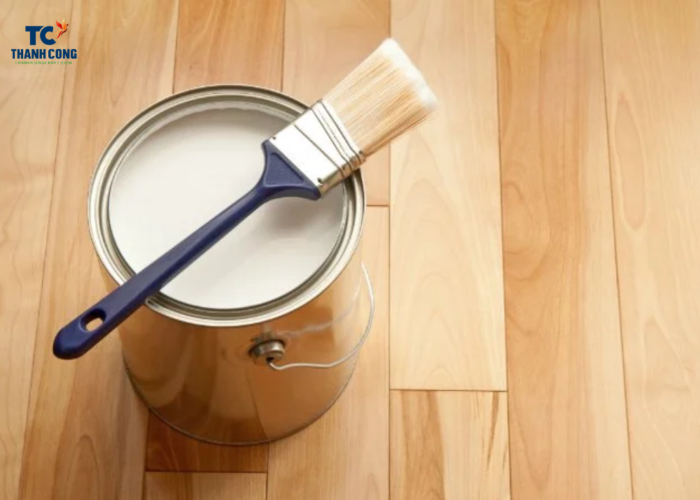
Step 2: Apply the first coat
Use a brush or roller to apply the first coat of chalk paint to the bamboo surface. Paint along the grain of the bamboo to create a natural wood grain effect. You don’t need to fully cover the surface as you will apply a second coat later.
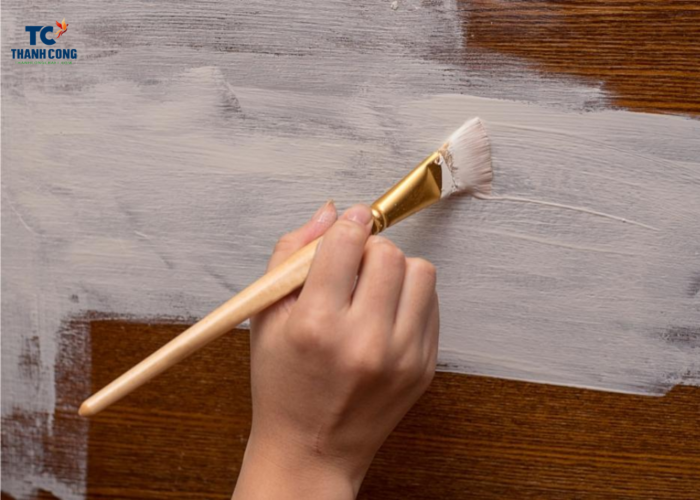
Step 3: Wait and apply the second coat
Allow about 30 minutes for the first coat to dry, then apply the second coat. Use a brush, roller, or a cloth for an even application. The second coat helps cover any gaps and enhances the durability of the paint.
Step 4: Allow drying time
Wait approximately 2 hours for the final coat to dry completely. Use fine sandpaper to gently distress the edges and details of the furniture. This step aims to create an aged and natural effect, not to remove the paint.
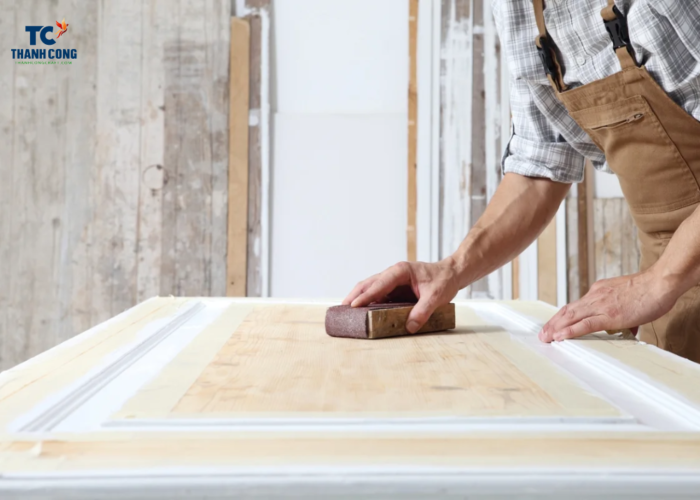
Step 5: Wipe and clean
Use a dry cloth to wipe away dust from the sanding, then use a damp cloth to wipe the surface once more. Finally, use a dry cloth to ensure the surface is completely dry.
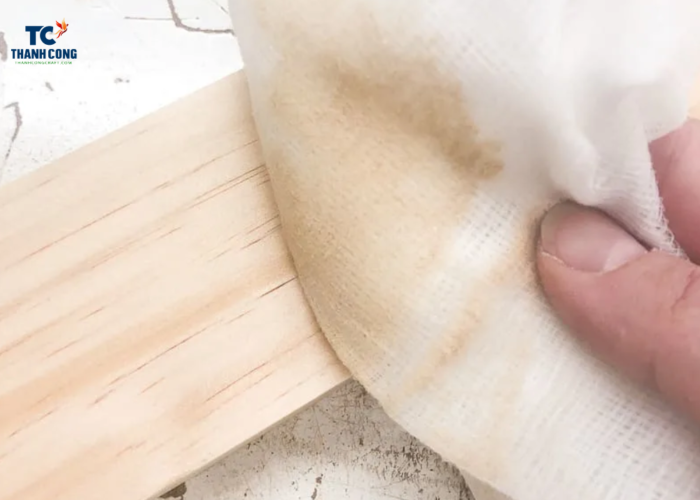
Step 6: Protect with wax or polyurethane
To protect the paint and add shine, use clear wax or polyurethane. Choose a transparent variety to avoid altering the paint color. Apply wax or polyurethane with a brush or cloth, wait about 15 minutes for them to dry, then wipe with a dry cloth.
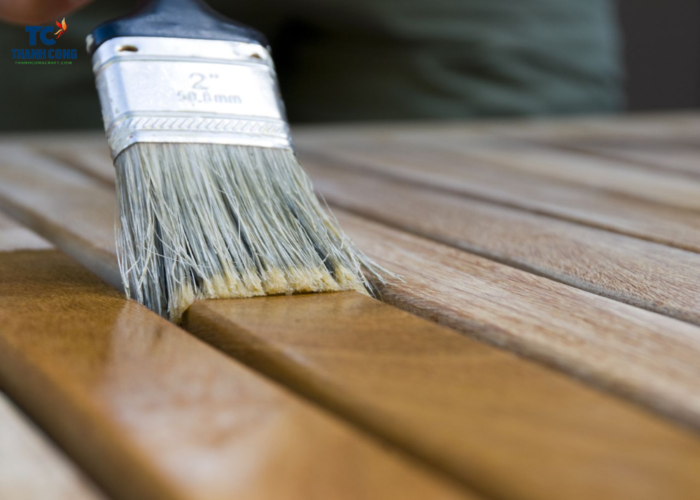
Congratulations! You have successfully repainted your bamboo furniture with chalk paint, achieving an easy and quick transformation. Now you can enjoy the results and decorate your space according to your preference
2. FAQs
2.1 Do you have to sand furniture before whitewashing?
Sanding furniture before whitewashing plays a crucial role in achieving the desired results. Sanding helps remove old paint layers, dust, and stains on the surface of the furniture, while creating a smooth texture for better paint adhesion. If you skip sanding, you may encounter issues such as uneven paint adhesion, peeling, or difficulty achieving an aesthetically pleasing whitewash effect.
However, sanding furniture can also pose some limitations. Excessive sanding can strip away the natural wood grain, diminishing the value of the furniture. Sanding can also be time-consuming and labor-intensive, especially for pieces with intricate details. Additionally, sanding generates a significant amount of dust, which may lead to pollution and impact health.
2.2 Can you use any white paint for whitewash?
Not every type of white paint is suitable for whitewashing bamboo furniture. You need to choose a white paint with high adhesion, good resistance to moisture and mold, and one that doesn’t alter the natural color of bamboo.
Thorough preparation of the bamboo furniture is also necessary before painting, involving cleaning, smoothing, and applying a primer. Afterward, you can proceed to whitewash the bamboo furniture according to your preferences, but it’s advisable to apply at least two coats to ensure proper coverage and color durability.
2.3 What kind of paint do you use to whitewash furniture?
The type of paint you use to whitewash bamboo furniture depends on the desired finish and the characteristics of the bamboo. Here are some suitable options:
- Latex or Acrylic Paint: These water-based paints are versatile and work well for whitewashing bamboo. They have good adhesion, dry relatively quickly, and are easy to clean. You can dilute them with water to achieve a more translucent effect.
- Chalk Paint: Chalk paint is a popular choice for achieving a vintage or distressed look on bamboo furniture. It adheres well to surfaces without extensive sanding and has a matte finish.
- Milk Paint: Milk paint, made from natural ingredients like milk protein and lime, provides a unique, aged appearance. It is suitable for porous surfaces like bamboo and can create a rustic or weathered look.
- Oil-Based Paint: Oil-based paints, while less common for whitewashing, can be used on bamboo furniture. They have a higher gloss finish and take longer to dry, but they may offer a different aesthetic.
- White Pickling Stain: Commercial pickling or whitewash stains, available in both oil-based and water-based formulations, are designed for achieving a whitewashed effect on wood, including bamboo.
Before applying any paint, it’s essential to prepare the bamboo surface properly. Cleaning, smoothing, and potentially using a primer can contribute to a more successful whitewashing process. Always test a small, inconspicuous area before applying the paint to the entire piece to ensure the desired result.
2.4 Is chalk paint good for whitewashing?
Chalk paint is an excellent choice for whitening bamboo furniture. Chalk paint not only conceals the yellowing of bamboo but also provides a protective coating for the furniture. It allows you to customize the level of whiteness, ranging from ivory to milky white, depending on your preferences and style.
To use chalk paint on bamboo furniture, simply clean off any dust, brush on one or two coats of paint, and wait for it to dry. You can lightly sand to create an antique effect or leave it as is to maintain a smooth finish.
2.5 Do you have to seal whitewash?
It is advisable to seal whitewashed bamboo furniture to protect the finish and enhance its durability. Sealing helps safeguard the surface from stains, moisture, and daily wear and tear, extending the life of the whitewash. Additionally, a sealant provides a protective barrier that makes the furniture easier to clean and maintain.
You can choose from various sealant options, such as clear polyurethane, wax, or a clear topcoat specifically designed for painted surfaces. Applying a thin and even layer of sealant after the whitewashing process ensures that your bamboo furniture retains its appearance and remains well-protected over time.
3. Final thought
Completing the whitewashing process for your bamboo furniture marks the culmination of a creative journey, where rustic simplicity meets modern elegance. Whitewashing bamboo furniture not only lightens the tone but also adds a layer of character and sophistication to your decor.
Now, as your whitewashed bamboo furniture graces your living spaces, exuding a serene and inviting ambiance, you can revel in the satisfaction of a DIY project well executed. Here’s to the timeless allure of bamboo, reinvented through the art of whitewashing!
If you have any further questions, don’t hesitate to send thanhcongcraft an email us at info@thanhcongcraft.com or message us at WhatsApp: +84967485411. Hope to serve you soon! Best regard!


